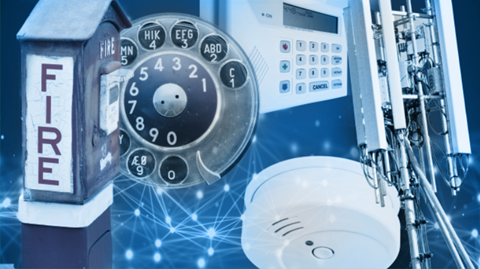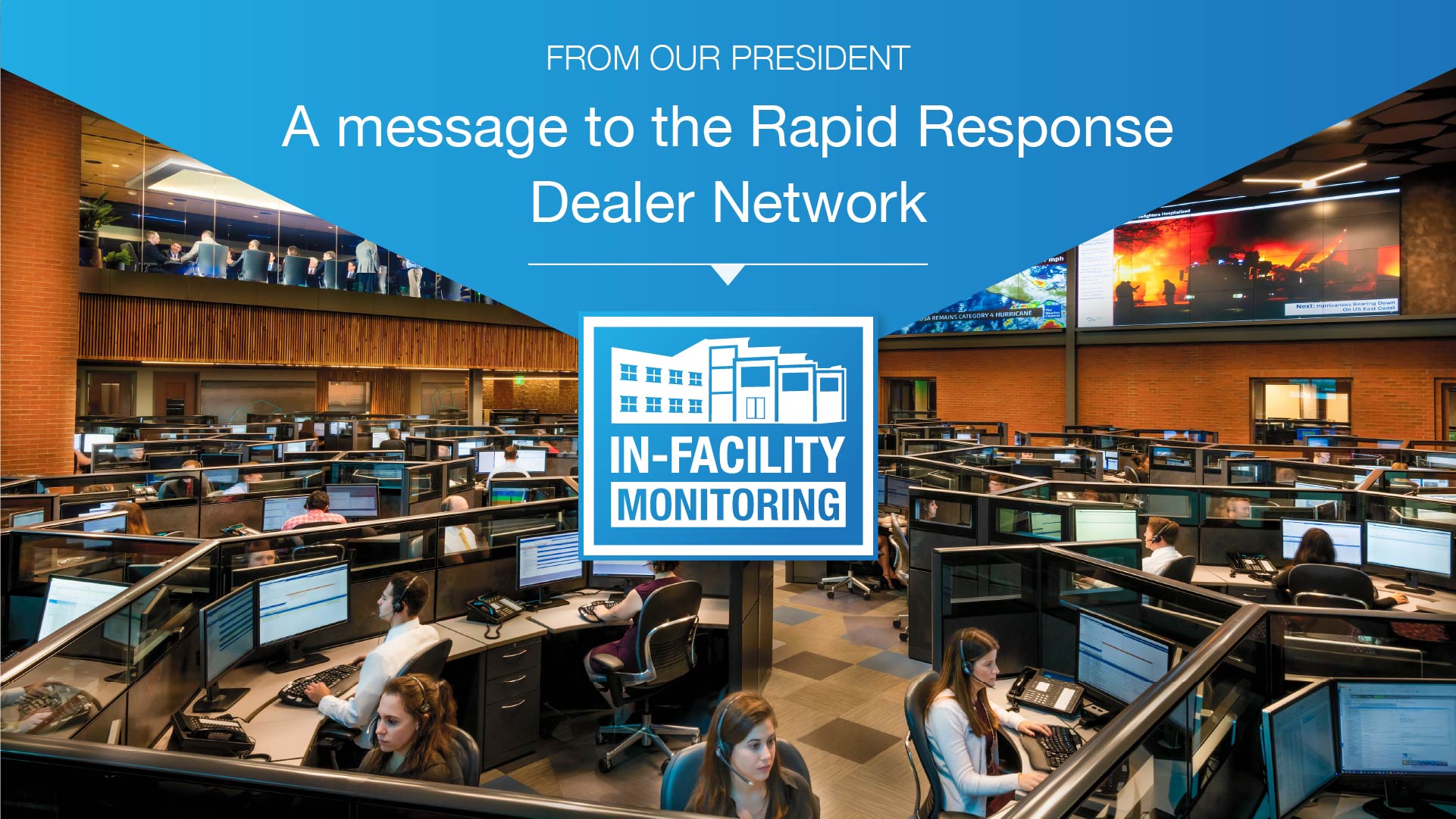The following is an excerpt from the Monitoring Matters column featured in Security Sales & Integration magazine. Our Vice President of Technology and Innovation, Morgan Hertel, is a regular contributor and authored the article below.
Location technology seems to be one of the most confusing aspects in the alarm monitoring and mobile PERS (mPERS) spaces. Let’s review the relevant technologies that make location services work, but try to keep up to date because as you know, technology changes quickly.
Types of Location Services Technologies
Global Positioning System (GPS)
GPS can determine location using data transmitted from satellites. There are two kinds in orbit. The first were launched by the U.S. government for military usage, but made available to the public in the 1980s. The second is the Russian system called GLONASS (GLObal NAvigation Satellite System). There are 57 total satellites orbiting.
Math is the key to a GPS unit determining its location. GPS satellites continuously transmit a low power signal that has identification information and very precise time. A unit on the ground can use math to determine its distance from a satellite. Once a GPS unit has done this for four or more satellites, it can calculate its approximate location.
The more satellites a unit can lock on to, the more accurately it can determine its location. Additionally, some devices employ GPS and GLONASS to increase performance and accuracy.
It takes a while for a ground unit to figure out which satellites it can see, where they are in relationship to the unit, and then to do all the calculations.
To read the full article, click here.





